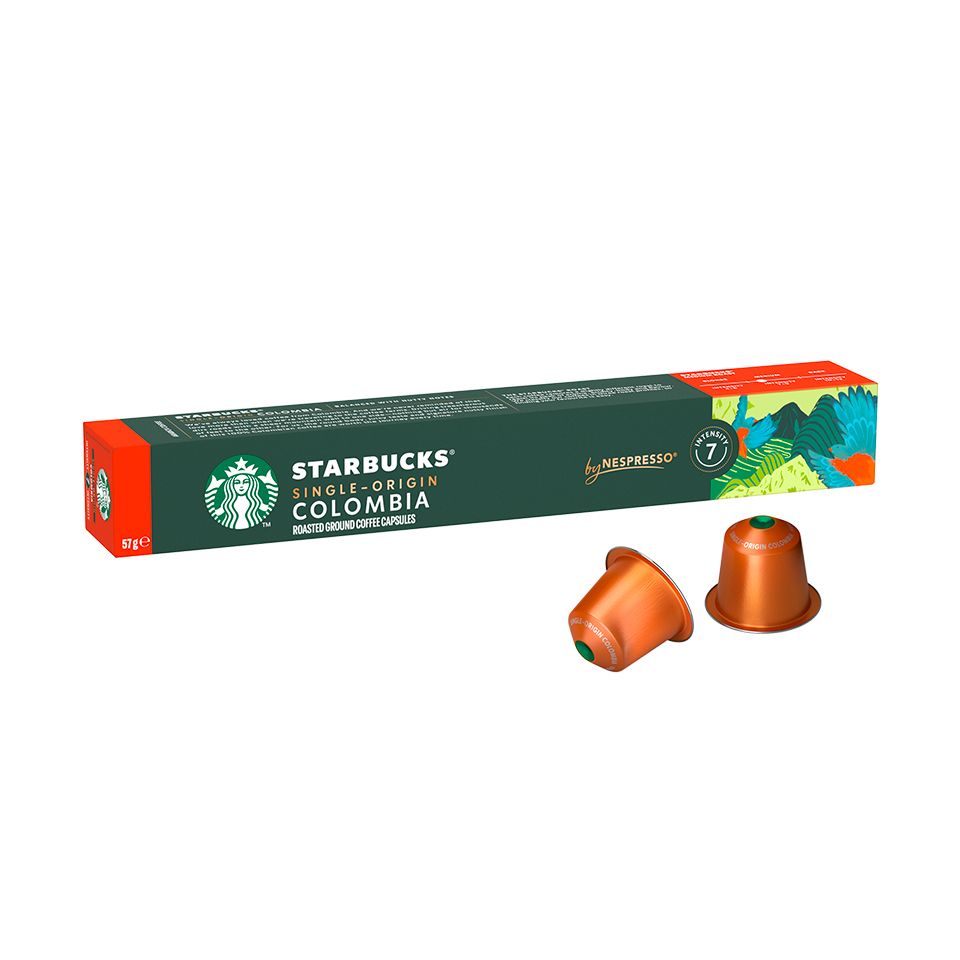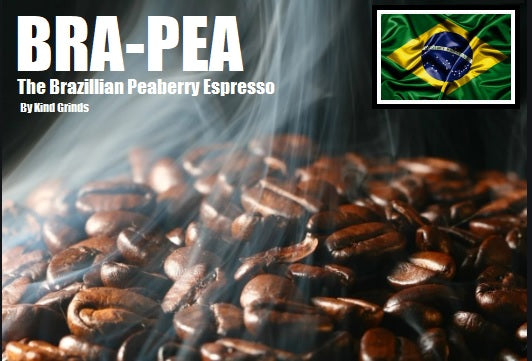Recognizing Coffee Beans: the Journey From Espresso to Blended Coffee Beans

The Beginnings of Coffee: An International Perspective
While you might consider coffee as a modern staple, its beginnings trace back centuries, linking with cultures throughout the world. The tale begins in Ethiopia, where legend states a goat herder called Kaldi uncovered the energizing effects of coffee beans after observing his goats romping energetically after consuming them. This stimulated passion, resulting in coffee's infect Arab traders who treasured the made beverage. By the 15th century, it reached Persia, Egypt, and Turkey, where coffeehouses came to be social centers for conversation and culture.
As trade courses broadened, coffee made its way to Europe in the 17th century, swiftly obtaining appeal. Each culture added its distinct spin to coffee prep work, enhancing its history.
Growing and Harvesting of Coffee Beans
As coffee's trip progressed, the focus moved to the cultivation and harvesting of specific bean varieties, particularly those utilized for espresso. You'll find that coffee beans usually come from Arabica or Robusta plants, each offering unique flavors. The optimal expanding conditions include high elevations and rich, well-drained soil, which enhance the beans' top quality.
Throughout the harvest, picking approaches differ. In some regions, workers hand-pick ripe cherries, guaranteeing only the best fruit mosts likely to handling. In various other locations, mechanical farmers are utilized, specifically on larger ranches. Timing is important; you wish to harvest when the cherries reach peak perfection for maximum taste.
As soon as harvested, the beans are gotten ready for handling, which is important in establishing their last preference. Understanding the cultivation and harvesting procedures gives you insight right into what goes right into your preferred coffee, enhancing your appreciation for every mug.
Processing Approaches: From Cherry to Bean
Currently that you have actually discovered harvesting espresso beans, let's check out how those cherries change right into the coffee beans you like. You'll see how various harvesting techniques effect taste, complied with by the important steps of fermentation and drying out. We'll damage down the milling and grading process that identifies your coffee's top quality.
Collecting Methods Described
When it comes to coffee, comprehending harvesting techniques is necessary, since they straight affect the flavor and quality of the beans you delight in. Discerning picking entails hand-picking just ripe cherries, ensuring you obtain the best top quality beans. Ultimately, the selection of collecting strategy can greatly influence your coffee experience, so it's worth understanding exactly how those beans made it to your mug.
Fermentation and Drying
After collecting, the next steps in processing coffee beans play a substantial function fit their taste. You'll locate that fermentation is essential, as it helps damage down the mucilage bordering the beans, enhancing their taste profile. Depending upon the approach, this procedure can last from a few hours to a number of days, with differing outcomes based on temperature and humidity.
As soon as fermentation is total, drying out follows, which is just as crucial. You can choose from sun-drying or mechanical drying out techniques. Sun-drying allows the beans to absorb tastes from the environment, while mechanical drying out warranties regular dampness degrees no matter weather. Correct drying is important to stop mold and protect the beans' quality, inevitably affecting your mug of coffee.
Milling and Grading Refine
As fermentation and drying established the phase for taste growth, the milling and grading procedure guarantees that only the best coffee beans make it to your mug. This stage involves getting rid of the external layers of the coffee cherry, consisting of the parchment and husk. Top quality beans obtain a greater grade, resulting in a richer coffee experience.
Toasting Strategies: Opening Taste Possible
When you roast coffee beans, the technique you choose can significantly influence the flavor profile. Recognizing the connection in between time, temperature, and roasting strategies is key to disclosing the possibility of your brew. Let's explore how these components collaborated to develop the ideal mug.
Roasting Techniques Clarified
While you may assume that all coffee roasting methods generate the exact same outcomes, the fact is that each method reveals distinct flavor capacities in the beans. Drum toasting uses a turning drum to evenly disperse heat, boosting caramelization and generating a balanced taste. Air roasting, on the various other hand, flows hot air around the beans, promoting a lighter roast with pronounced level of acidity.

Influence On Flavor Profile
Various toasting approaches not just influence the process yet additionally significantly affect the flavor profile of the coffee beans. When you choose a light roast, you'll experience bright level of acidity and flower notes, showcasing the bean's origin. On the other hand, a medium roast equilibriums acidity with sweet taste, commonly disclosing chocolatey touches. Dark roasts, on the other hand, draw out vibrant, great smoky tastes, occasionally covering up the bean's unique attributes. Each strategy reveals different oils and compounds, bring about a vast range of tastes. By experimenting with different toasting designs, you can uncover which profiles reverberate with your palate. Comprehending these subtleties assists you value the artistry behind your mug of coffee, enhancing your overall experience with every sip.
Time and Temperature Factors
To launch the complete taste potential of coffee beans, both time and temperature level during the toasting process play substantial functions. When toasting, you'll locate that greater temperatures can swiftly create flavors, yet if you rush it, you may wind up with scorched notes. Conversely, lower temperature levels permit a much more steady flavor advancement, showcasing the beans' unique features.

Timing is equally as important; prolonging the roast also long can bring about a loss of acidity and illumination, while also short a roast may leave the beans underdeveloped. Locating that sweet place needs technique and trial and error. By readjusting these factors, you can expose the rich, complex flavors concealed within each bean, creating an absolutely impressive coffee experience.
The Art of Blending: Crafting Special Coffee Accounts

Start by choosing a base coffee that supplies a strong foundation. An intense Ethiopian bean can bring fruitiness, while a rich Brazilian coffee includes body.
As you mix, remember that each mix tells a tale. You're not just making coffee; you're producing an experience. So, take your time, taste frequently, and delight in the trip of finding your signature mix.
Developing Techniques: Exactly How Preparation Influences Flavor
Blending coffee opens up a domain of taste possibilities, however how you brew that mix can significantly influence your final cup. On the various other hand, a pour-over highlights the coffee's quality and illumination, excellent for showcasing fragile notes.
Espresso, with its high pressure, generates a focused shot that highlights sweetness and crema. If you choose a lighter mixture, take into consideration a cold mixture method; it yields a smooth, much less acidic taste.
Changing variables like water temperature, grind dimension, and make time can change your coffee's profile. Accept the art of developing to find the flavors concealed in your coffee blends.
The Future of Coffee: Sustainability and Advancement
As the coffee sector develops, sustainability and technology are coming to be essential for dealing with environmental difficulties and meeting consumer needs. You'll discover that more coffee firms are taking on environmentally friendly methods, from sourcing beans ethically to implementing sustainable farming techniques. These changes not only assist the planet yet also improve the quality of the coffee you delight in.
You might see advancements like eco-friendly product packaging and water-saving developing techniques that reduce waste. Advanced innovation, such as blockchain, is likewise ending up being preferred, making certain transparency in the supply chain, which allows you to map your coffee back to its origins.
Additionally, purchasing neighborhood areas and sustaining farmers via reasonable trade efforts fosters a more lasting coffee environment. As you sip your next mug, keep in mind that your options can add to a brighter future for coffee. By opting for sustainable brand names, you're not simply taking pleasure in a drink; you're making a positive effect on the globe.
Frequently Asked Inquiries
What Is the Difference In Between Arabica and Robusta Beans?
Arabica beans are smoother, sweeter, and have a higher level of acidity, while robusta beans are more powerful, more bitter, and include even more high levels of caffeine. When brewing your coffee., you'll notice these differences in taste and Single Origin Espresso fragrance.
How Does Elevation Affect Coffee Bean Flavor?
Altitude influences coffee bean taste substantially. Greater elevations produce beans with brighter acidity and complicated tastes, while lower altitudes typically produce beans that are larger and less nuanced. You'll see these distinctions in your cup!
What Are the Wellness Advantages of Alcohol Consumption Coffee?
Drinking coffee can enhance your energy, improve mental emphasis, and even improve physical performance. It's abundant in anti-oxidants, might lower the risk of certain diseases, and can promote a healthier metabolism when consumed in small amounts.
Can Coffee Beans Be Recycled for Developing?
Yes, you can recycle coffee beans for developing, yet the taste could be weak. If you appreciate experimenting, attempt reusing them in different means, like chilly mixtures or contributing to smoothie mixes for an extra kick.
How Should I Shop Coffee Beans for Freshness?
To keep your coffee beans fresh, save them in an airtight container in a trendy, dark place. Prevent revealing them to moisture, warm, or light, as these variables can rapidly deteriorate their taste and fragrance.
Comprehending Coffee Beans: the Journey From Coffee to Blended Coffee Beans.
Currently that you have actually learned regarding gathering coffee beans, allow's discover just how those cherries change right into the coffee beans you enjoy.When you roast coffee beans, the approach you select can drastically affect the flavor account - Single Origin Espresso.While you might believe that all coffee toasting approaches generate the same results, the fact is that each method exposes distinct taste potentials in the beans.Various roasting techniques not only influence the procedure yet likewise greatly influence the taste account of the coffee beans
Comments on “What Makes SOE Single Origin Espresso Different from Mixed Roasts”